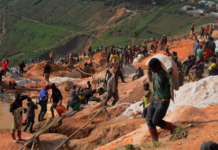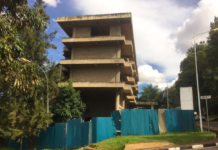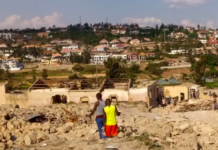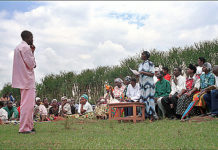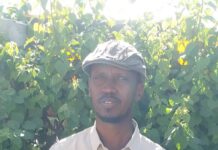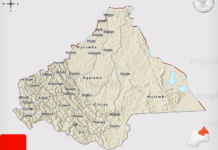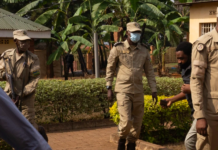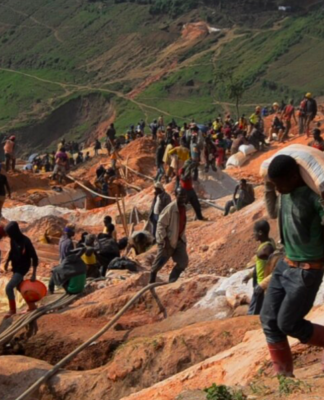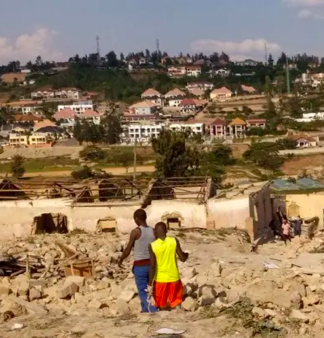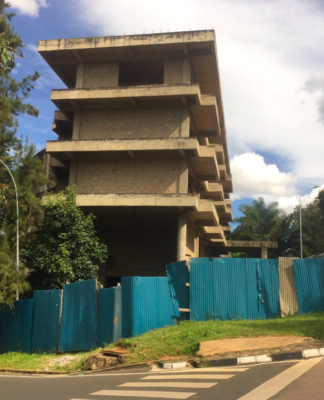For the past three decades various kinds of studies have shown the health hazard posed to Kigali City residents. This danger comes from untreated human waste and industrial discharges dumped into Rivers Nyabugogo and Nyabarongo, as well as into Rwanzekuma and Kibumba that feed Nyabugogo. These studies include the following:
· G. Brenniman, W. Hallenbeck, L. Twagirimana, and J. Gasana, “Industrial discharges of metals in Kigali, and the impact on drinking water quality”, Environ. Contam. Toxicol., vol. 58, pp. 523–526, 1997.
· E. Nkuranga, “Heavy metal removal and accumulation by an Urban Natural Wetland: The Nyabugogo Swamp, Rwan”, MSc Thesis, UNESCO-IHE Institute for Water Education, Delft, The Netherlands, 2007.
· D. Usanzineza, I. Nhapi, U.G. Wali, J.J. Kashaigili and N. Banadda, “Nutrients Inflow and levels in Lakes: A Case Study of Lake Muhazi, Rwanda”, Ecol. Develop. Sum. vol. 19, no. S11, pp. 53–62, 2011.
· D. Usanzineza, I. Nhapi, U.G. Wali, J. J. Kashaigili and N. Banadda, “Distribution of heavy metals in lake muhazi, rwanda”, in 10 WaterNet/WARFSA/GWP Symposium, IWRM: Environmental Sustainability, Climate Change and Livelihoods; October, 2009.
· D. Muhirwa, I. Nhapi, U.G. Wali, N. Banadda, J. J. Kashaigili J.J. and R. Kimwaga, “Characterisation of wastewater from the Nyabugogo Abattoir, Rwanda and the impact on downstream water quality”, Int. J. Ecol. Develop. Sum.2010; vol. 16, no. S10: pp. 30–46, 2010.
· A. J. Nshimiyimana, “A comparative assessment of intake systems at Yanze, Kadahokwa, Nyabarongo and Shyogwe water treatments plants” MSc Thesis, National University of Rwanda, Rwanda, 2008.
These studies agree on one thing — that the Kigali City water bodies are not suitable for human consumption or sustaining aquatic life. The Kagame regime’s own reports support this.
According to the Rwanda Environmental Management Agency’s report titledKigali: State of the Environment and Outlook, 2013, “only about 25 percent of solid waste generated in Kigali is estimated to arrive at the landfill.” In other words, 75% of solid waste generated by households, commercial zones, industries, and hotels are routinely dumped into Rwanzekuma, Kibumba, and Nyabugogo ending up in Nyabarongo. This way, untreated human and industrial waste poison populations downstream from Kigali all the way to River Akagera and Lake Victoria in Uganda.
The problem extends to Lake Muhazi, home to President Kagame’s own farm — this lake is polluted through and through. Presumably the President sees this lake daily and the fact that there is hardly any commercial fishing industry on it: there are hardly any fish in Lake Muhazi due to massive pollution. Kagame’s own workers and cattle drink this same polluted water.
So what is the problem here? Why is the regime determined to poison Kigalians? Why masquerade Kigali into “Africa’s best city” and regional conference hub while poisoning its over 1 million inhabitants?
This is more than insane — it’s criminal.
About the author:
David Himbara is an educator, political economist, and author based in Toronto, Canada. He teaches and works in the field of development and competitiveness.



